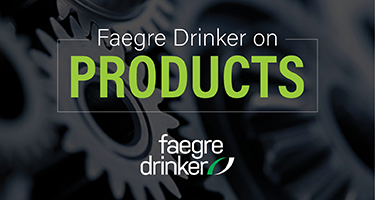Last week, the Florida Supreme Court released two opinions [here and here] announcing changes to its rules of civil procedure in an attempt “to promote the fair and timely resolution of civil cases.” The amendments are broad and apply to many aspects of case management, scheduling, and discovery. Thus, Florida practitioners will want to familiarize themselves with the new variants before they go into effect on January 1, 2025. The following discussion highlights a subset of the changes that appear most likely to have an impact throughout a case’s lifetime.
Litigators will feel the impact right from the jump. While the current rules permit the courts more leeway when scheduling deadlines, the newly re-written Rule 1.200 will give courts 120 days to assign each case to one of three case management tracks—complex, general, or streamlined. The court may customize the process according to its needs, but the judge must set an actual or projected trial period according to the specified case management track. These buffed requirements will provide litigants with clearer expectations in their case’s timeline, and other changes work to ensure those dates—including trial—are delayed as little as possible. For example, under the modified Rule 1.200, attorneys must follow specific steps to modify case management deadlines, otherwise deadlines “must be strictly enforced unless changed by court order.” Moreover, one noteworthy change to Rule 1.460 provides that “motions to continue trial are disfavored and should be rarely granted and then only upon good cause shown.” [No. SC2023-0962 at 7–8.]

